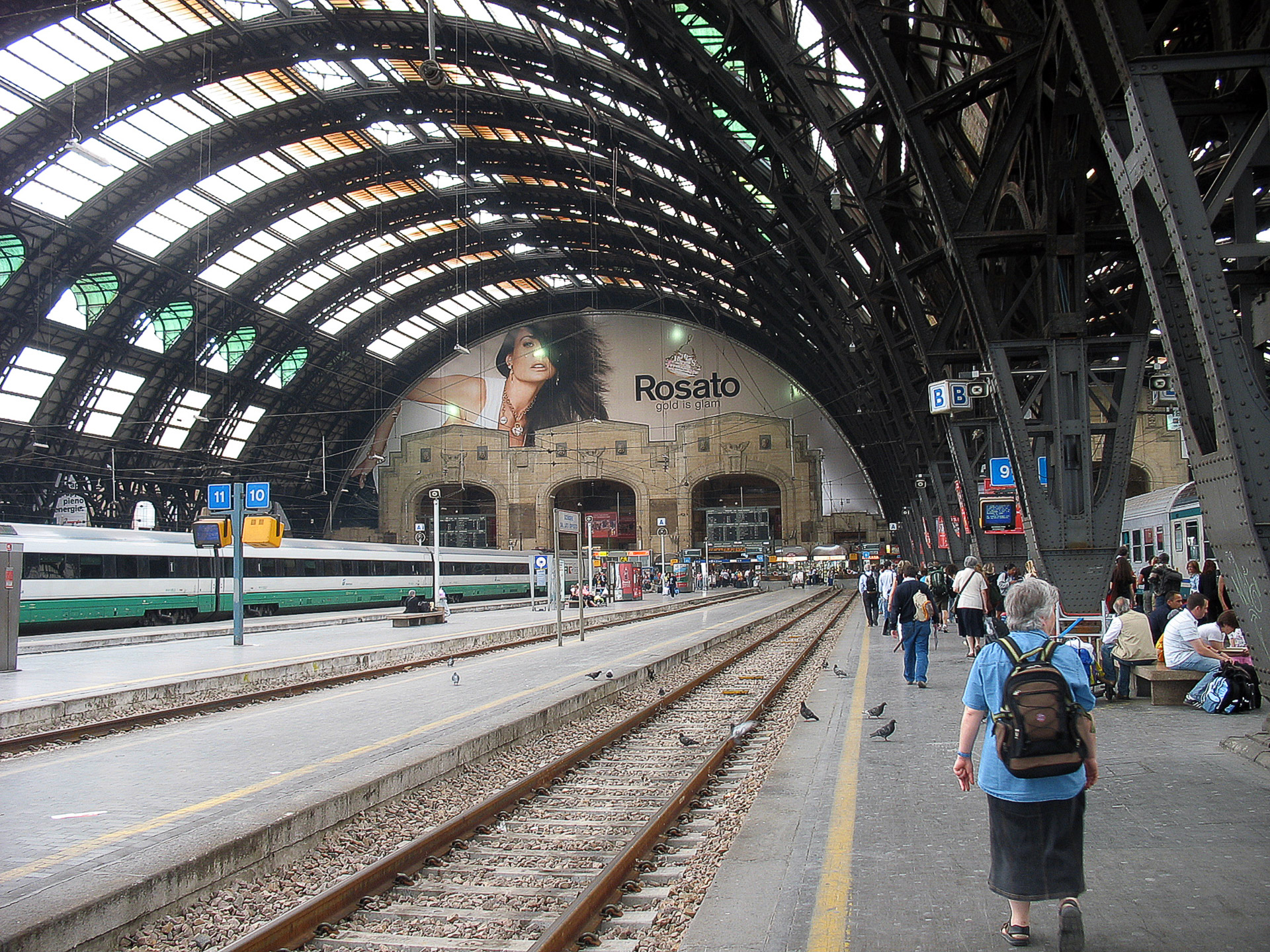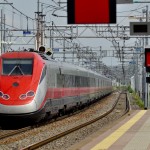There’s a secret way through Italy that’s little-known to guests from outside the country; one that can take you through scenic routes to its most beautiful cities – without ever getting stuck in traffic. Driving in Italy, especially in the major metropolises, can be a daunting and confusing task. The traffic situation can be chaotic, for lack of a better word. No worries, though, because we offer you a great alternative: traveling around Italy by train.
Getting to Italy by Train
Adding Italy to your European itinerary is easy. There are several trains that can take you from major European destinations such as Munich, Paris, or Vienna into the Italian cities of Rome, Venice, and Turin. For example, the Brenner Pass route links Munich to Venice over the Alps and is lauded as the finest train ride in Europe. The journey takes about six hours and will take you through the most spectacular views both world-class destinations have to offer.
Coming in from Vienna? Take the EuroNight overnight train and bed down in a two-bed sleeper. Finally, the Venice Simplon Orient Express is a romantic ride through London or Paris to La Serenissima. The train is practically a hotel decked out in luxurious art deco and runs once a week between the months of March and November.
Seeing Italy by Train
The new high-speed network connects Naples, Rome, Florence, Milan, Turin and Venice, all with trains arriving by the hour or better, making it easy to cover a lot of ground. You can take a train out of Rome and be in any of the other cities in three to four hours. Trenitalia is the state-owned subsidiary that runs most of the trains, and you can check Trenitalia website for fares and schedules. The private high speed trains are run by Italo Treno, who likewise has its own website for train bookings. It’s best to check both to compare prices, dates, and times.
Places like Sorrento and Pompeii are not on the main Trenitalia network, but can still be accessed easily. Take a train to Naples Centrale, and then get on the Circumvesuviana Railway, where you can simply buy a ticket from the ticket office and get on the next one out. Destinations like Amalfi and Positano don’t have train stations, but you can get there on a bus out of Sorrento or Salerno.
Buying Tickets
For regional or local trains, there’s no need to pre-book or buy tickets in advance. Prices are fixed, and reservation is impossible, so there’s really not much of a point. Just roll up to the station, buy yourself a ticket, hop on, and take any empty seat that you want. If you’re planning a ‘High-Speed train Rome to Venice: Day trip & Happy Hour,‘ this flexibility is particularly convenient for last-minute decisions.
For trains that cover long distances, like the ones that will take you from one major city to another, it’s best to reserve well in advance since they sell out. The Frecce trains: Frecciarossa, Frecciargento, and Frecciabianca run the high-speed lines and need to be reserved. Beyond that, booking in advance is generally a good idea for long-distance trains as the price varies. Tickets can get more expensive the closer you are to the departure date, or if you try to buy one on the day of your trip itself.
If you’re wary of buying tickets because you don’t speak Italian, don’t fret. Self-service fast ticket machines are available at all main stations. You can walk right up to a touchscreen terminal and buy tickets in English. These machines sell both regional and long-distance tickets, and you’ll be able to reserve your seats for long-distance trains on them, too. Best of all, they take Visa and MasterCard.
Final Notes
Getting into and around Italy on its sophisticated rail network is fast, easy, and can be a less costly option if you play your cards right. However, you’ll want to keep a few things in mind. Validate your local or regional tickets at the small yellow machines at the platform entrances before boarding, as you’ll be fined if you don’t. Take note that long-distance Frecce trains do not require this step.
Also, do your research before heading out to the station: for instance, you’ll want to be sure you have the date and time right. It’s also a good idea to check out the train types and accommodations online if they’re available. Some trains are divided by class and you can check out which fits best for your budget or priorities. You should also arm yourself with a convenient smartphone app that can check train times and departures. Railplanner is a great one since you don’t need WiFi or mobile data in order to check information on the move.





































